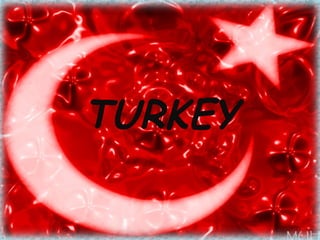Typical characteristics of european countries 3 turkish team
- 1. TURKEY
- 4. SPAINSPAIN
- 10. ITALY
- 11. GIUSEPPE MAZZINI
- 15. ROMANIAROMANIA
- 20. Mindaugas (ca. 1200 ŌĆō fall 1263) was the first known Grand Duke of Lithuania and the only King of Lithuania. Little is known of his origins, early life, or rise to power; he is mentioned in a 1219 treaty as an elder duke, and in 1236 as the leader of all the Lithuanians. The contemporary and modern sources discussing his ascent mention strategic marriages along with banishment or murder of his rivals. He extended his domain into regions southeast of Lithuania proper during the 1230s and 1240s. In 1250 or 1251, during the course of internal power struggles, he was baptised as a Roman Catholic; this action enabled him to establish an alliance with the Livonian Order, a long-standing antagonist of the Lithuanians. During the summer of 1253 he was crowned King of Lithuania, ruling between 300,000 and 400,000 subjects.




















